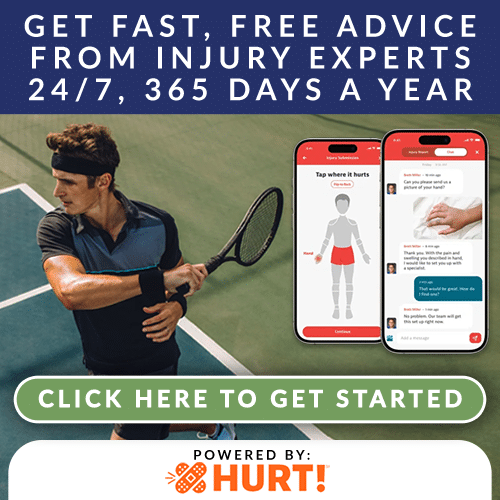The shoulder has a greater range of motion than any other joint in the body. Think of a professional baseball pitcher with his arm twisted backwards as he prepares to release the ball at 90-mile-per-hour fastball or a gymnast as she maneuvers between the parallel bars. These movements require a great deal of shoulder stability. In this article, we will review the anatomy of the shoulder and discuss both surgical and non-surgical treatment options for common causes of instability.
Let’s start with the anatomy. The bony anatomy of the shoulder is made up of a large ball, called the humeral head, and a small, shallow cup, called the glenoid. The humeral head rests on the glenoid like a beachball rests on the long nose of a seal—delicately. As a result, the bony anatomy alone provides very little stability. It is the surrounding soft tissue structures—the labrum and rotator cuff, and to a lesser extent, the capsule and ligaments—that do the heavy lifting.
The rotator cuff provides stability by creating a compressive force that keeps the humeral head seated within the glenoid. It is comprised for four muscles that work together to provide balance through opposing force. Muscles on the front and back of the shoulder allow for stable internal and external rotation, while the muscles on the top oppose the rest to provide stable flexion and extension.
Because the glenoid is shallow and small, the labrum, which is made of cartilage, acts to increase the depth of the glenoid. Injury to the rotator cuff, the labrum, capsule or ligaments can result in an imbalance in the shoulder and thereby cause instability.
So what do I mean by instability? Instability can mean your shoulder dislocated and you had to go to the Emergency room to have it put back into place. Instability can also be your shoulder subluxating, meaning it slides out of place and back into place without coming completely out of the glenoid. Instability can also be from having shoulder ligaments that are too loose. Shoulder instability can be due to a single trauma resulting in injury, repetitive activities causing microtrauma, or an imbalance of the shoulder stabilizers. Shoulder instability represents a wide spectrum of problems.
Not all patients who have instability experience pain. For those who do, several interventions are available. If you dislocated your shoulder, the first treatments may be as simple as rest and physical therapy. Rest allows the torn tissues to heal, while physical therapy helps patients regain stability. Most patients are able to restore the stability of their shoulders with physical therapy alone. Those whose shoulders sublux or have loose ligaments may need many months of physical therapy.
In more severe cases, patients with instability issues may suffer recurrent shoulder dislocations. If you dislocate your shoulder multiple times, you are at high risk for injury to the labrum, humeral head, and even the bone of the glenoid. Dislocations can cause significant damage to the soft tissues, as well as the bones that make up the shoulder complex. In patients with recurrent dislocations, surgery is needed to repair the damage structures and stabilize the shoulder. The most common surgery is a labral repair. With this surgery, I repair the labrum back to the bone with anchors. If there is injury to the glenoid, however, another, less common surgery is indicated: the Latarjet Procedure. With this surgery, I move a small piece of bone from the shoulder and attach it to the glenoid at the location of the damage. Both of these surgeries have long recoveries. It may take up to six months to regain enough range of motion and strength to resume such physically demanding activities as sports.

